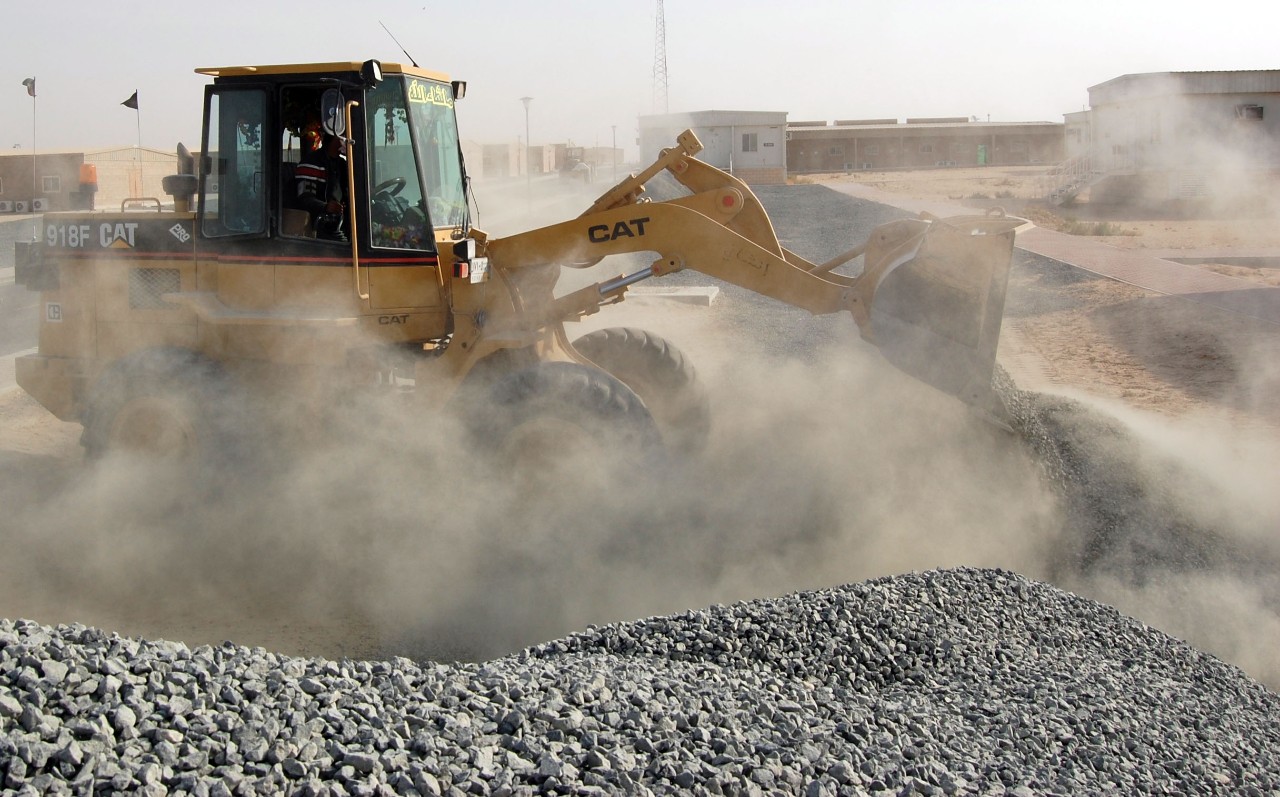Casella UK
Wolseley Rd, Kempston,Bedford MK42 7JY
+44(0)1234844100
info@casellasolutions.com

On 23 June 2016 the United States Occupational Safety and Health Administration, OSHA, issued the final rule to limit worker exposure to respirable crystalline silica and, in turn, reduce ill health occurrences. The new standard has reduced the Permissible Exposure Limit (PEL) for construction and general industry to a limit of 50 μg/m3 averaged over an eight-hour workday, half the limit set in the UK. It is predicted by the Congressional Research Service that the new exposure level and actions employers must take to comply will prevent 642 employee deaths per year. Enforcement for the standard began on September 23rd, 2017.
Additional requirements of the standard include:
- Limiting worker access to areas where they may be exposed to respirable crystalline silica
- Offering medical exams every three years where exposure may reach or exceed 25 μg/m3 over an eight-hour average for thirty or more days in a year, and for construction workers required to wear respirators for thirty or more days in a year
- Training workers to limit exposure to respirable crystalline silica
- Maintaining records of worker’s exposure to respirable crystalline silica
How does monitoring fit In?
OSHA has provided three different ways employers can comply with the standard to ensure the transition process runs as smoothly as possible. Employers can choose from one of the three methods or any combination of methods to ensure their workforce is appropriately protected.
The methods include:
- Table method: OSHA has created a table that lists the different tasks and equipment control methods that will reduce the exposure to the acceptable level, factoring in different times and environments. If the right task controls and equipment are provided by employers, there is no additional need for air monitoring
- The performance or objective data: Employers are permitted to use objective data to provide evidence that the control methods in place reduce the exposure limit to below the PEL. This could be air monitoring compiled by the employer or a third party that sufficiently indicates the exposure level
- Scheduled Air Monitoring program: In this instance, exposure can be assessed through a dedicated air monitoring program, and the employer generates their own data to prove adherence to the standard limits.
A European perspective
Although the US standard has been set with limits set by individual European countries in mind, there is currently no widespread European limit addressing respirable crystalline silica exposure. On 13 May 2016, the EU Commission issued a proposal for work involving exposure to respirable crystalline silica in Annex I of the Carcinogens and Mutagens Directive (2004/37/EC). It proposes the establishment of a binding occupational exposure limit value in the process generated occurrences. This includes activities such as mining and quarrying and the cutting, crushing or other actions required for silica-containing materials including concrete, bricks or rocks. In a report on this published in June 2017, the European Council said that even after such limits are set, they must be “subject to a review, especially given the number of workers exposed”. The limit suggested at the moment is 0.1 mg/m³ over an 8-hour time-weighted average.
Across the US and Europe, awareness of respirable crystalline silica exposure is improving and the changes being discussed and implemented to improve worker health are very encouraging. Workplace monitoring will become more important than ever as an essential tool to ensure compliance and regularly assess the levels. For the case of crystalline silica, it is personal sampling dust sampling pumps that are required, ultimately providing the correct assessment of silica exposure. To ensure personal sampling pumps accurately measure dust levels, filters connected to the devices are worn near the breathing zone (mouth and nose) to collect particles, mimicking the way a human breathes. When required, the filters are sent to a laboratory for analysis.
Ensure you are fully aware of your responsibilities to your workforce and the type of monitoring solution you need before it is too late.